 Michelangelo Foundation
Homo Faber
Biennial
Guide
NextGen
Michelangelo Foundation
Homo Faber
Biennial
Guide
NextGen
The master artisans we support all have one thing in common – they represent excellence in their field. How do we define excellence? According to 11 key criteria established by researchers in the essential book about master craftsmanship, The Master’s Touch.
Authenticity is ultimately about people. At the root of the term lies the idea of authorship and independence, and determining authenticity often means connecting a work with an author and a specific context. Something is authentic if it is true and genuine, if it can be connected to a particular person, place and time, each of which reflect historic, artistic and social values.
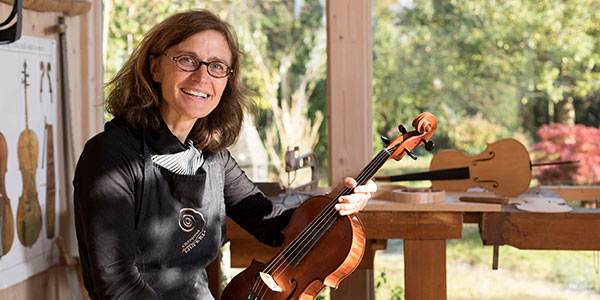 Ulrike Dederer
Ulrike DedererCompetence is defined as the capacity to orient oneself in any given situation to carry out a specific activity. In the realm of fine craftsmanship, competence requires practical and theoretical knowledge of materials, techniques, accepted norms and rules of the trade and of their application. It also implies preparation, a deep understanding of the craft and ease when doing it.
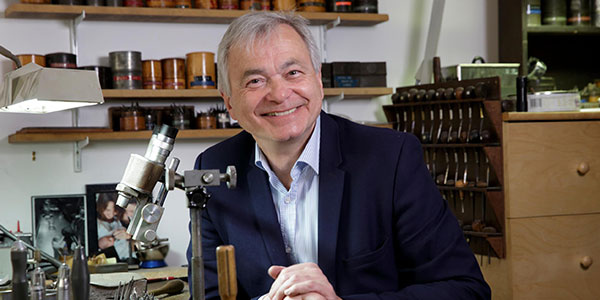 Gérard Desquand
Gérard DesquandFor an object to truly be the result of fine craftsmanship, it must have been created according to acknowledged rules of the art with a prevalence of manual workmanship that relies on a constant dialogue between the artisan’s mind and hands. The role of any machinery used in the process is strictly one of service to the manual and mental intelligence of the artisan.
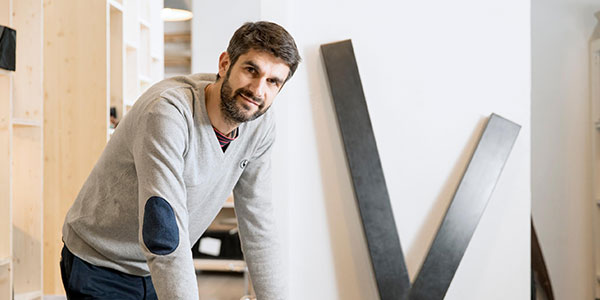 Ludovic Avenel
Ludovic AvenelCreativity, the capacity to invent new ideas or objects, is what distinguishes a master artisan from an artisan, a masterpiece from an object, embodied know-how from a simple task or job. In fine craftsmanship, it is a dynamic force, a blend of personal vision, passion and perfect skill, able to balance functional and material limitations with invention, stretching the rules of the art to meet the imagination and respond to contemporary needs and tastes.
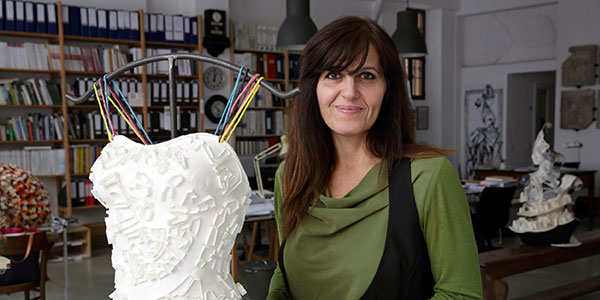 Caterina Crepax
Caterina CrepaxInnovation, the capacity to change something pre-existing by adding new elements, is often associated with new technologies and just as often positioned in contrast to tradition. Yet, it is innovation that keeps tradition alive and shepherds it into the future. The crucial dialogue between innovation and fine craftsmanship yields new and original materials, tools, forms, styles, functions and aesthetics to respond to the evolution of changing tastes, markets, costs and values.
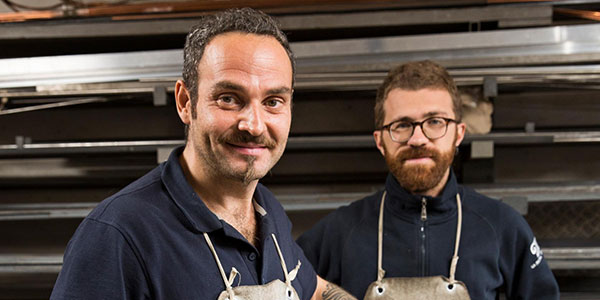 Alessandro Rametta and Andrea Capriotti
Alessandro Rametta and Andrea CapriottiAlways personal, always original, interpretation is the art of transforming an idea into matter. In the process, the one who interprets is much like a translator, a negotiator or a mediator, drawing on an extensive base of knowledge, sensitivity and understanding to shape one reality into another. As interpreter, the master artisan harvests and makes sense of things to allow the beautiful, the original, the personal and the useful to emerge harmoniously.
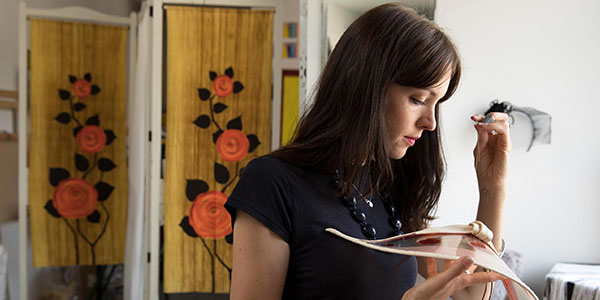 Sophie Beale
Sophie BealeOriginality is a delicate balance of old and new, demanding innovative ways of applying centuries-old techniques to create something fresh and unique. An object is original if it is distinct from what has come before it, if it uses materials or methods in different ways, if it expresses the creativity of the artisan or of a designer, or if it is an individual interpretation of a tradition tied to a specific place.
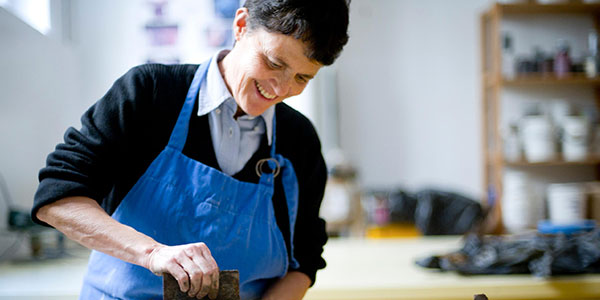 Gabriella Sacchi
Gabriella SacchiA predisposition to easily do things well, talent is a natural, innate ability and an intangible gift which, like a muscle, comes with a requirement to be developed or lost. Talented artisans have a remarkable sensitivity with regard to material and its possibilities and a propensity towards perfection. Recognising their gift as a responsibility, they cultivate it with discipline, practice and patience so that it may come into its own in successful mastery and liberty of expression.
 Elena Dal Cortivo
Elena Dal CortivoThe word territory encompasses a rich mixture of ideas linking an object to its maker and to the geophysical and social environment that shapes them both. Territory is important because it is the source of raw materials and home to a community of people who transform local natural and cultural resources into beautiful objects. In doing so, they build meaningful businesses that rely on collective knowledge and exchange and reflect the specific taste, style, identity and heritage of a place.
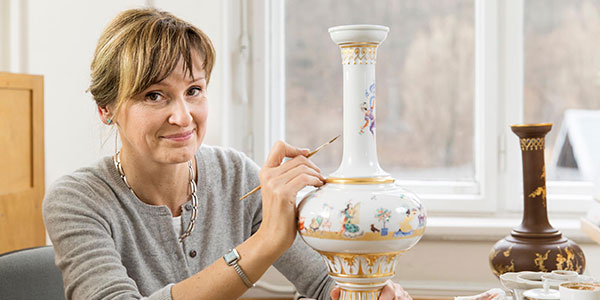 Elke Dannenber
Elke DannenberAlthough at first the word tradition often invokes ideas of the past, it actually describes the dynamic, constant renewal of cumulative knowledge. Handed down from generation to generation, closely guarded and developed in the intimacy of workshops, families or small businesses, communicated but never standardised, tradition in craftsmanship describes the transfer and evolution of complex know-how and the continuity of professional legacy.
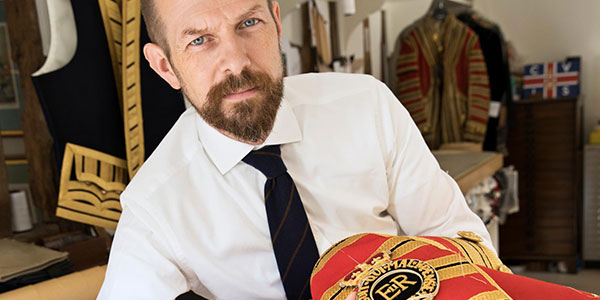 Keith Levett
Keith LevettTraining goes beyond the knowledge of a particular trade to the very human art of teaching, inspiring and building future artisans. Mastery implies the ability to recognise potential in aspiring artisans and to plant and nurture this knowledge. Among other things, it requires: knowledge of a trade, its history and context; knowledge of all the traditional tools and brand new technologies associated with it; maturity for collaboration and teamwork; access to a workshop for practical application; and continuous learning and updating of knowledge bases.
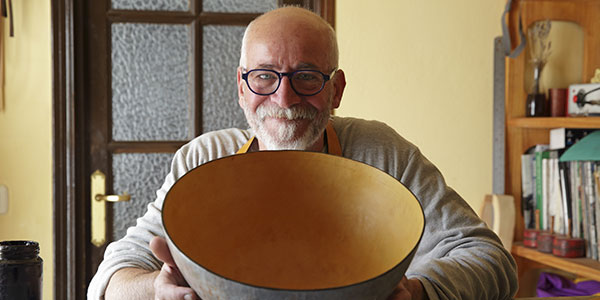 José Luis Bazán
José Luis BazánThe master artisans we support all have one thing in common – they represent excellence in their field. How do we define excellence? According to 11 key criteria established by researchers in the essential book about master craftsmanship, The Master’s Touch.
Authenticity is ultimately about people. At the root of the term lies the idea of authorship and independence, and determining authenticity often means connecting a work with an author and a specific context. Something is authentic if it is true and genuine, if it can be connected to a particular person, place and time, each of which reflect historic, artistic and social values.
 Ulrike Dederer
Ulrike DedererCompetence is defined as the capacity to orient oneself in any given situation to carry out a specific activity. In the realm of fine craftsmanship, competence requires practical and theoretical knowledge of materials, techniques, accepted norms and rules of the trade and of their application. It also implies preparation, a deep understanding of the craft and ease when doing it.
 Gérard Desquand
Gérard DesquandFor an object to truly be the result of fine craftsmanship, it must have been created according to acknowledged rules of the art with a prevalence of manual workmanship that relies on a constant dialogue between the artisan’s mind and hands. The role of any machinery used in the process is strictly one of service to the manual and mental intelligence of the artisan.
 Ludovic Avenel
Ludovic AvenelCreativity, the capacity to invent new ideas or objects, is what distinguishes a master artisan from an artisan, a masterpiece from an object, embodied know-how from a simple task or job. In fine craftsmanship, it is a dynamic force, a blend of personal vision, passion and perfect skill, able to balance functional and material limitations with invention, stretching the rules of the art to meet the imagination and respond to contemporary needs and tastes.
 Caterina Crepax
Caterina CrepaxInnovation, the capacity to change something pre-existing by adding new elements, is often associated with new technologies and just as often positioned in contrast to tradition. Yet, it is innovation that keeps tradition alive and shepherds it into the future. The crucial dialogue between innovation and fine craftsmanship yields new and original materials, tools, forms, styles, functions and aesthetics to respond to the evolution of changing tastes, markets, costs and values.
 Alessandro Rametta and Andrea Capriotti
Alessandro Rametta and Andrea CapriottiAlways personal, always original, interpretation is the art of transforming an idea into matter. In the process, the one who interprets is much like a translator, a negotiator or a mediator, drawing on an extensive base of knowledge, sensitivity and understanding to shape one reality into another. As interpreter, the master artisan harvests and makes sense of things to allow the beautiful, the original, the personal and the useful to emerge harmoniously.
 Sophie Beale
Sophie BealeOriginality is a delicate balance of old and new, demanding innovative ways of applying centuries-old techniques to create something fresh and unique. An object is original if it is distinct from what has come before it, if it uses materials or methods in different ways, if it expresses the creativity of the artisan or of a designer, or if it is an individual interpretation of a tradition tied to a specific place.
 Gabriella Sacchi
Gabriella SacchiA predisposition to easily do things well, talent is a natural, innate ability and an intangible gift which, like a muscle, comes with a requirement to be developed or lost. Talented artisans have a remarkable sensitivity with regard to material and its possibilities and a propensity towards perfection. Recognising their gift as a responsibility, they cultivate it with discipline, practice and patience so that it may come into its own in successful mastery and liberty of expression.
 Elena Dal Cortivo
Elena Dal CortivoThe word territory encompasses a rich mixture of ideas linking an object to its maker and to the geophysical and social environment that shapes them both. Territory is important because it is the source of raw materials and home to a community of people who transform local natural and cultural resources into beautiful objects. In doing so, they build meaningful businesses that rely on collective knowledge and exchange and reflect the specific taste, style, identity and heritage of a place.
 Elke Dannenber
Elke DannenberAlthough at first the word tradition often invokes ideas of the past, it actually describes the dynamic, constant renewal of cumulative knowledge. Handed down from generation to generation, closely guarded and developed in the intimacy of workshops, families or small businesses, communicated but never standardised, tradition in craftsmanship describes the transfer and evolution of complex know-how and the continuity of professional legacy.
 Keith Levett
Keith LevettTraining goes beyond the knowledge of a particular trade to the very human art of teaching, inspiring and building future artisans. Mastery implies the ability to recognise potential in aspiring artisans and to plant and nurture this knowledge. Among other things, it requires: knowledge of a trade, its history and context; knowledge of all the traditional tools and brand new technologies associated with it; maturity for collaboration and teamwork; access to a workshop for practical application; and continuous learning and updating of knowledge bases.
 José Luis Bazán
José Luis Bazán